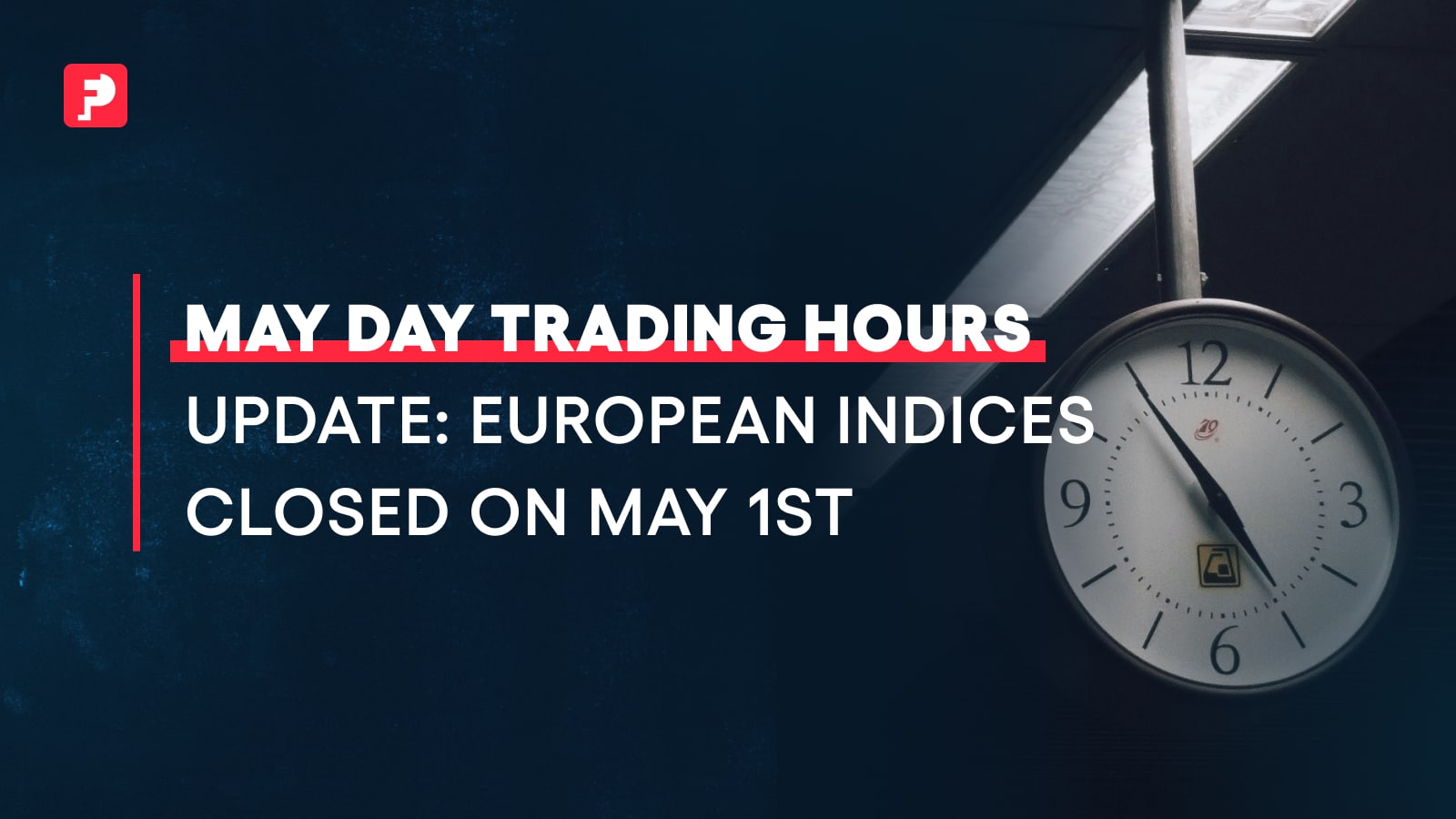
Pros and Cons of Crypto Trading in a Funded Account
Key Takeaways
- Crypto trading offers unique opportunities: Despite the risks, crypto trading can be profitable due to its high volatility, providing the potential for significant returns. It can also be an effective diversification strategy and could make up for losses incurred in other trades.
- Understanding risks is crucial: The decentralized nature of cryptocurrencies can pose potential threats. These include security concerns, sudden price volatility, and regulatory uncertainty. It’s essential to have a strong understanding of these risks before venturing into crypto.
- Leverage can be a double-edged sword: Leverage allows traders to magnify their positions, potentially increasing profits, but it can also inflate losses. In the context of a funded account in a prop firm, traders can leverage the firm’s capital, reducing personal financial risk. However, understanding the implications and handling of leverage is essential for successful trading.



